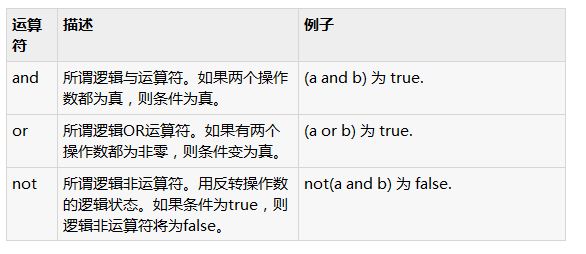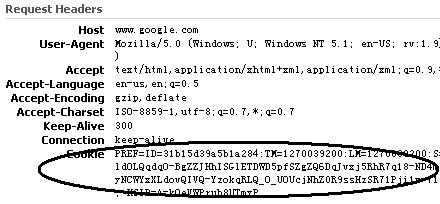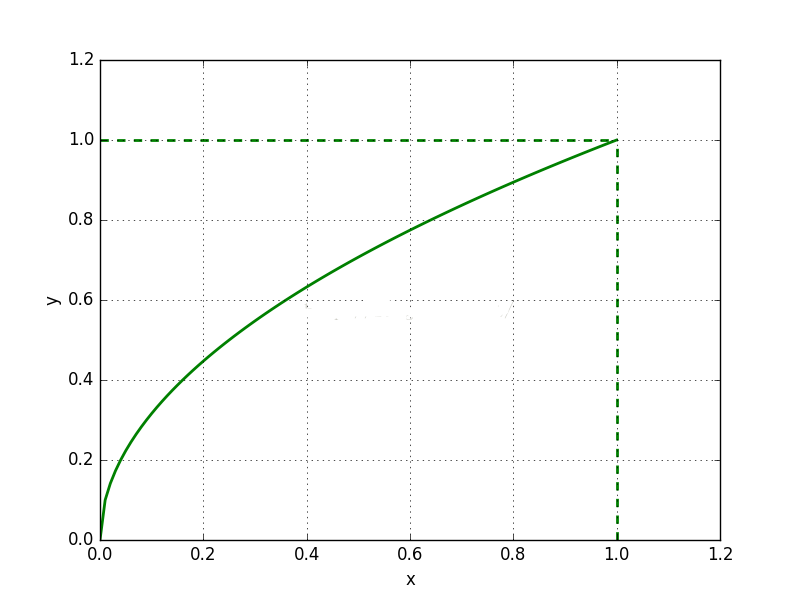Python实现的一个简单LRU cache
起因:我的同事需要一个固定大小的cache,如果记录在cache中,直接从cache中读取,否则从数据库中读取。python的dict 是一个非常简单的cache,但是由于数据量很大,内存很可能增长的过大,因此需要限定记录数,并用LRU算法丢弃旧记录。key 是整型,value是10KB左右的python对象
分析:
1)可以想到,在对于cache,我们需要维护 key -> value 的关系
2)而为了实现LRU,我们又需要一个基于时间的优先级队列,来维护 timestamp -> (key, value) 的关系
3)当cache 中的记录数达到一个上界maxsize时,需要将timestamp 最小的(key,value) 出队列
4) 当一个(key, value) 被命中时,实际上我们需要将它从队列中,移除并插入到队列的尾部。
从分析可以看出我们的cache 要达到性能最优需要满足上面的四项功能,对于队表的快速移除和插入,链表显然是最优的选择,为了快速移除,最好使用双向链表,为了插入尾部,需要有指向尾部的指针。
下面用python 来实现:
#encoding=utf-8
class LRUCache(object):
def __init__(self, maxsize):
# cache 的最大记录数
self.maxsize = maxsize
# 用于真实的存储数据
self.inner_dd = {}
# 链表-头指针
self.head = None
# 链表-尾指针
self.tail = None
def set(self, key, value):
# 达到指定大小
if len(self.inner_dd) >= self.maxsize:
self.remove_head_node()
node = Node()
node.data = (key, value)
self.insert_to_tail(node)
self.inner_dd[key] = node
def insert_to_tail(self, node):
if self.tail is None:
self.tail = node
self.head = node
else:
self.tail.next = node
node.pre = self.tail
self.tail = node
def remove_head_node(self):
node = self.head
del self.inner_dd[node.data[0]]
node = None
self.head = self.head.next
self.head.pre = None
def get(self, key):
if key in self.inner_dd:
# 如果命中, 需要将对应的节点移动到队列的尾部
node = self.inner_dd.get(key)
self.move_to_tail(node)
return node.data[1]
return None
def move_to_tail(self, node):
# 只需处理在队列头部和中间的情况
if not (node == self.tail):
if node == self.head:
self.head = node.next
self.head.pre = None
self.tail.next = node
node.pre = self.tail
node.next = None
self.tail = node
else:
pre_node = node.pre
next_node = node.next
pre_node.next = next_node
next_node.pre = pre_node
self.tail.next = node
node.pre = self.tail
node.next = None
self.tail = node
class Node(object):
def __init__(self):
self.pre = None
self.next = None
# (key, value)
self.data = None
def __eq__(self, other):
if self.data[0] == other.data[0]:
return True
return False
def __str__(self):
return str(self.data)
if __name__ == '__main__':
cache = LRUCache(10)
for i in xrange(1000):
cache.set(i, i+1)
cache.get(2)
for key in cache.inner_dd:
print key, cache.inner_dd[key]


